Effective communication is essential for farmers and farm owners to ensure smooth operations and address emergencies on their agricultural lands. While smartphones are commonly used, they can be unreliable in rural areas with limited cellular coverage. In such situations, radio communication becomes an invaluable tool. Among the various options available, GMRS and Ham radios are popular choices. In this article, we will explore the differences between these two radio systems and help farmers and farm owners make an informed decision.
GMRS, or General Mobile Radio Service, is known for its simplicity and ease of use. Operating on 22 fixed channels within the UHF spectrum, GMRS radios provide short-range communication capabilities. They require a license for operation and offer features like large color displays, Bluetooth connectivity, and rugged constructions. GMRS radios are well-suited for various farm-related activities, including coordination among workers, monitoring livestock, and managing machinery.
On the other hand, Ham radios, also known as amateur radios, offer a wider range of frequencies and advanced capabilities. Obtaining a Ham radio license requires passing an exam and delving into the technical aspects of radio communication. Ham radios provide features like VHF/UHF reception, FM broadcast reception, and customizable options. They are versatile tools that can serve both hobbyist pursuits and emergency communication needs on farms. Ham radios are commonly used by farmers who require long-range communication and want the flexibility to connect with other farmers and emergency services.
Now, let's examine the key features of GMRS and Ham radios, specifically their suitability for farmers and farm owners:
GMRS Radios:
-
Simplicity: GMRS radios are user-friendly and require minimal technical knowledge, making them accessible for farmers and farm workers.
-
Short-Range Communication: GMRS radios are designed for short-range communication within the farm premises, making them ideal for coordination among workers or communication within specific areas.
-
Licensing: Operating GMRS radios requires obtaining a GMRS license from the Federal Communications Commission (FCC). The license covers all individuals within a family or organization, enabling seamless communication among farm members.
-
Durability: GMRS radios, like the Talkpod A36 Plus, often have rugged constructions, making them suitable for outdoor use and withstanding the demands of farm environments.
Ham Radios:
-
Long-Range Communication: Ham radios offer broader frequency ranges and higher power output, allowing for long-distance communication. This makes them valuable for farmers who require communication beyond the farm premises or want to connect with other farmers and emergency services.
-
Flexibility: Ham radios provide access to various frequency bands, including VHF/UHF, allowing farmers to choose the most suitable frequencies for their specific needs.
-
Technical Capabilities: Ham radios offer advanced features such as repeater support, digital modes, and the ability to connect to other communication networks, expanding communication possibilities for farmers.
-
Licensing: Ham radio operation requires obtaining a Ham radio license from the FCC. The licensing process involves passing an exam that covers technical aspects of radio communication. Ham radio licenses are personalized and do not cover other individuals unless they also obtain their licenses.
Ultimately, the choice between GMRS and Ham radios depends on the specific needs of farmers and farm owners. GMRS radios provide simplicity and ease of use, making them suitable for short-range communication within the farm premises. They are ideal for coordination among workers and day-to-day operations. Ham radios offer long-range capabilities and advanced features, enabling farmers to connect with a larger network of farmers, emergency services, and other communication systems.
Farmers and farm owners should consider factors such as the size of their farm, communication requirements, and the willingness to invest in technical knowledge and licensing. Understanding these differences will help farmers make an informed decision and choose the radio system that best suits their needs, enhancing communication and efficiency in their farming operations.




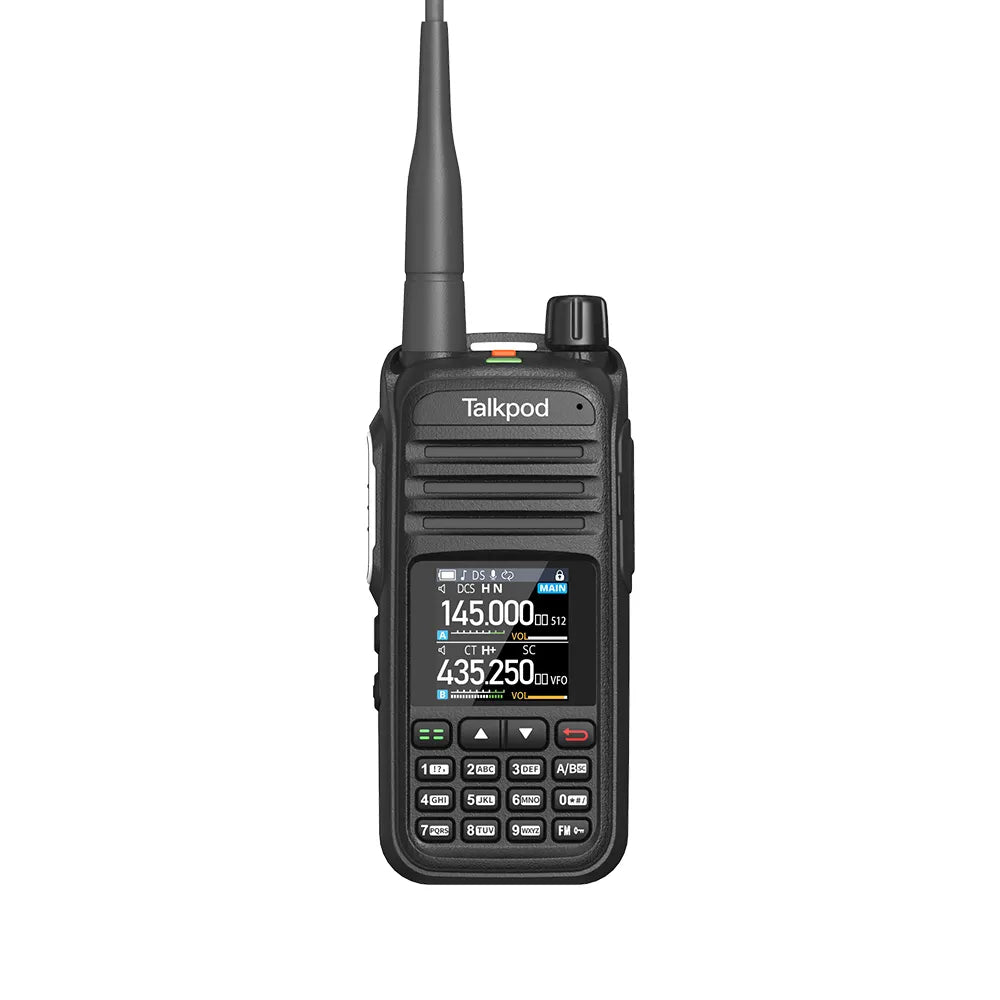
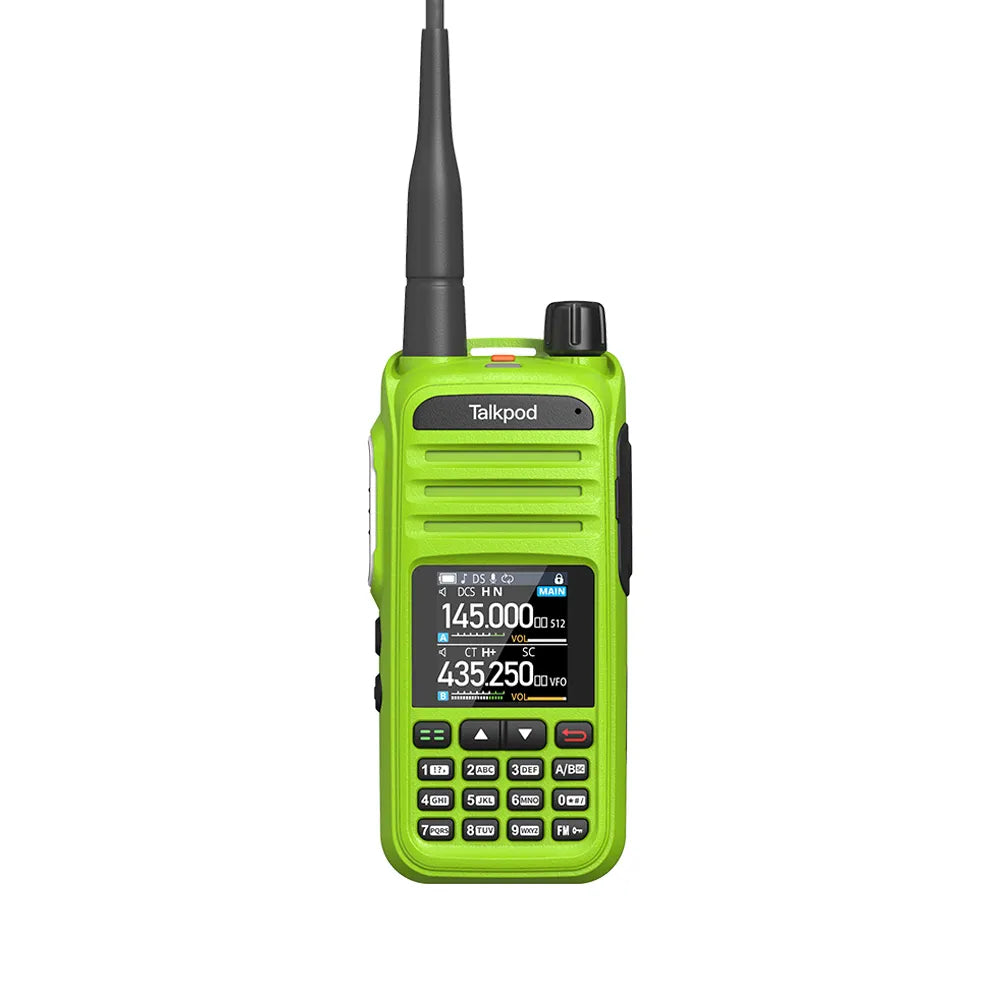
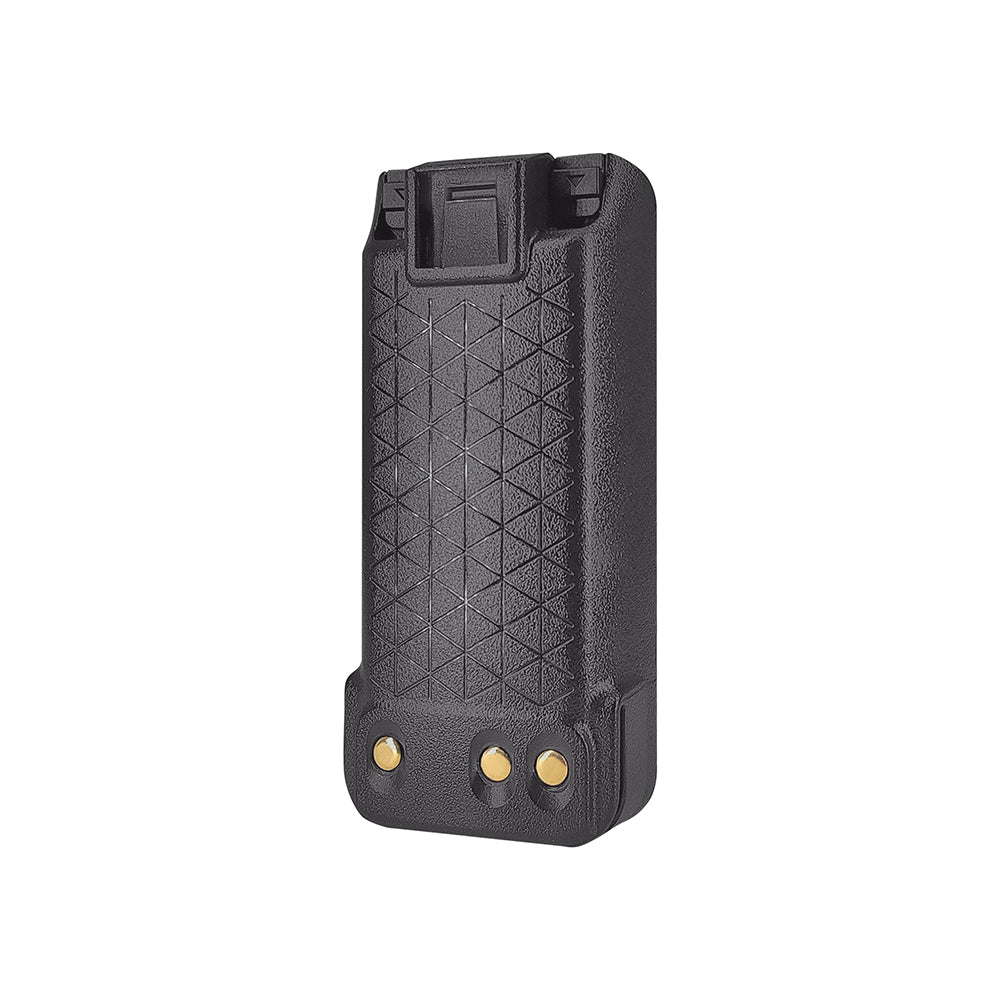
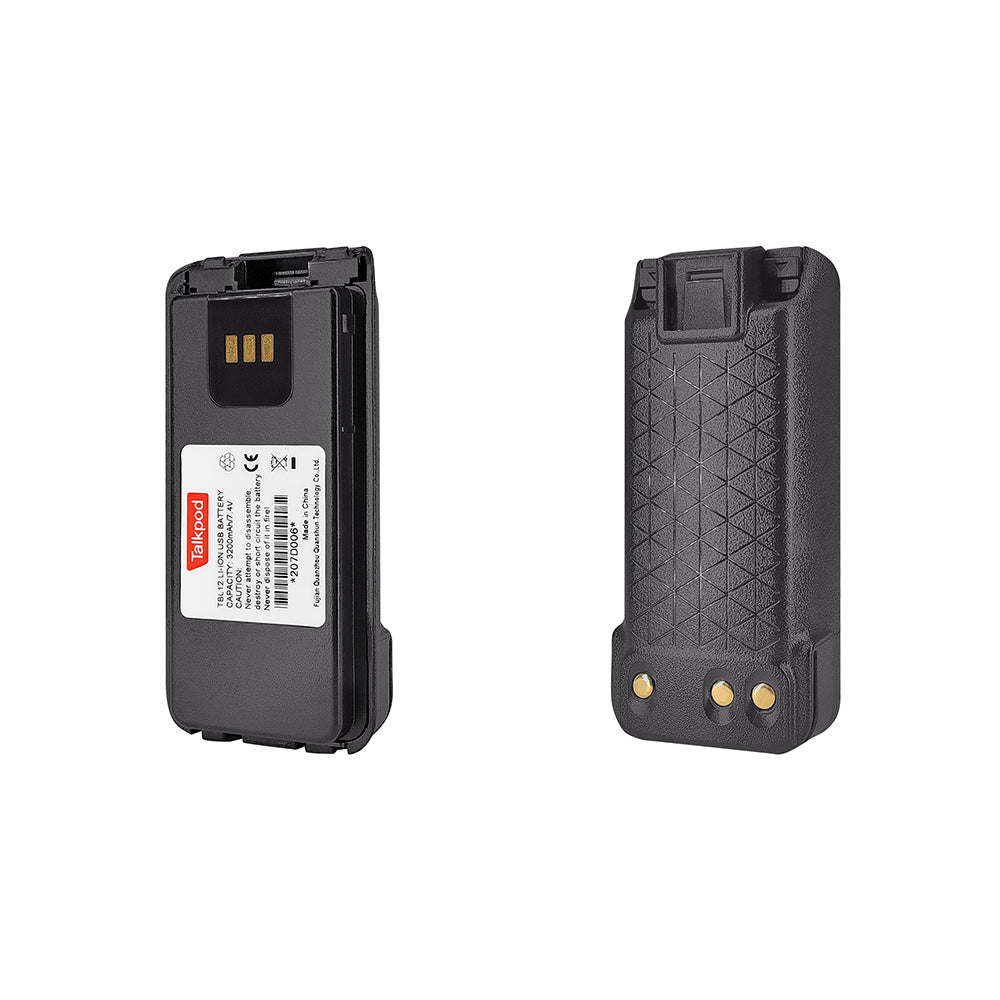
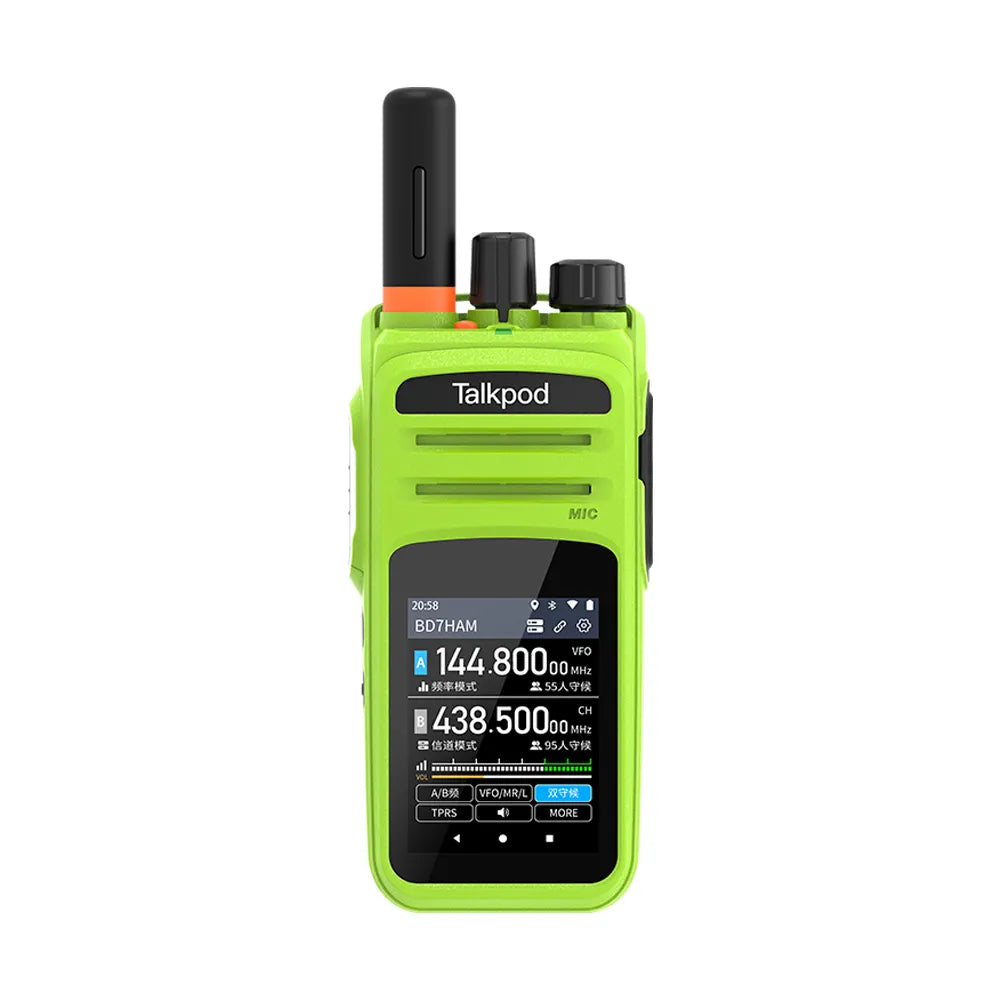
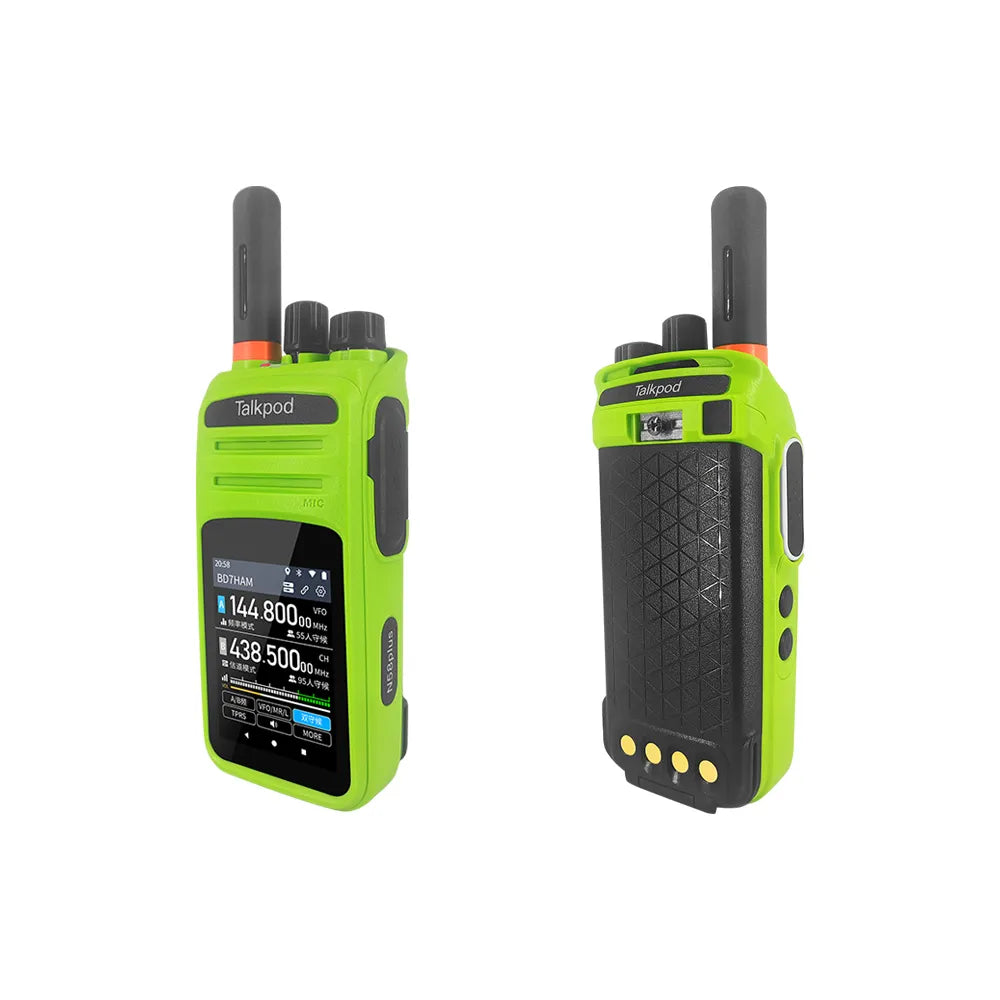
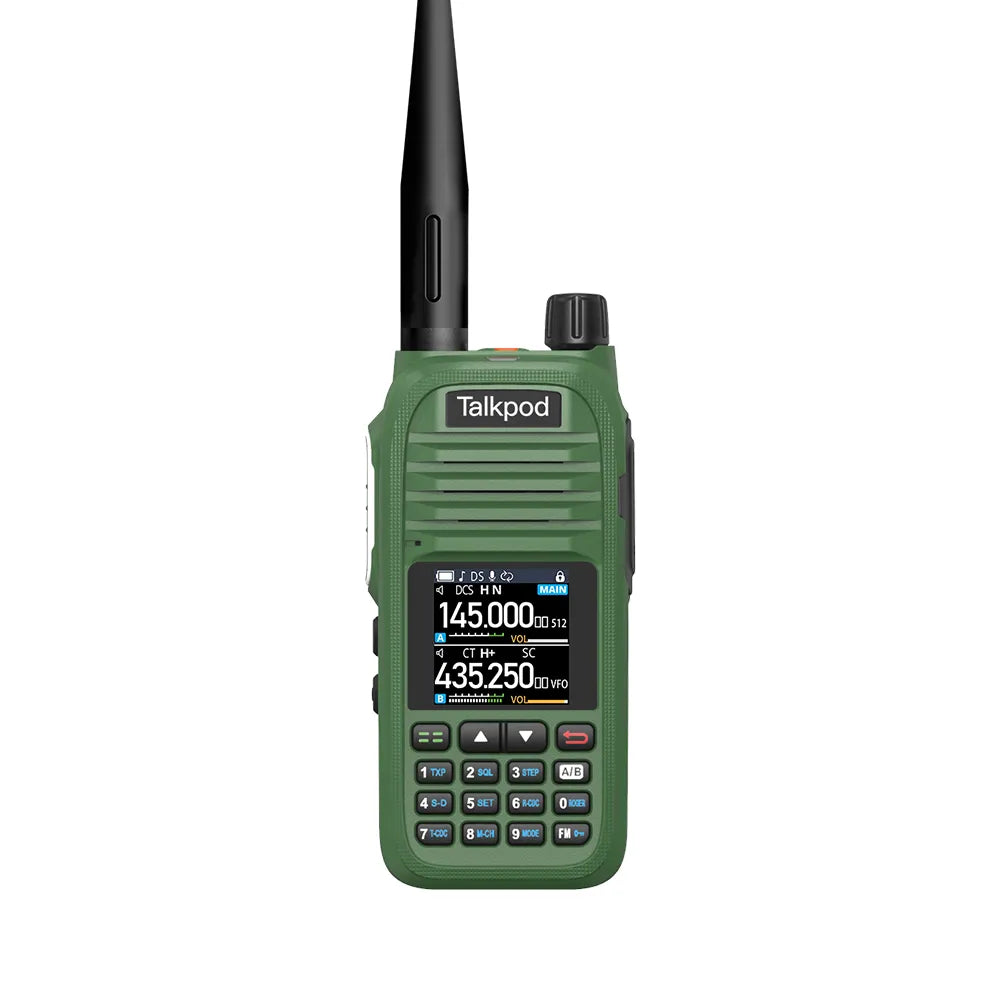
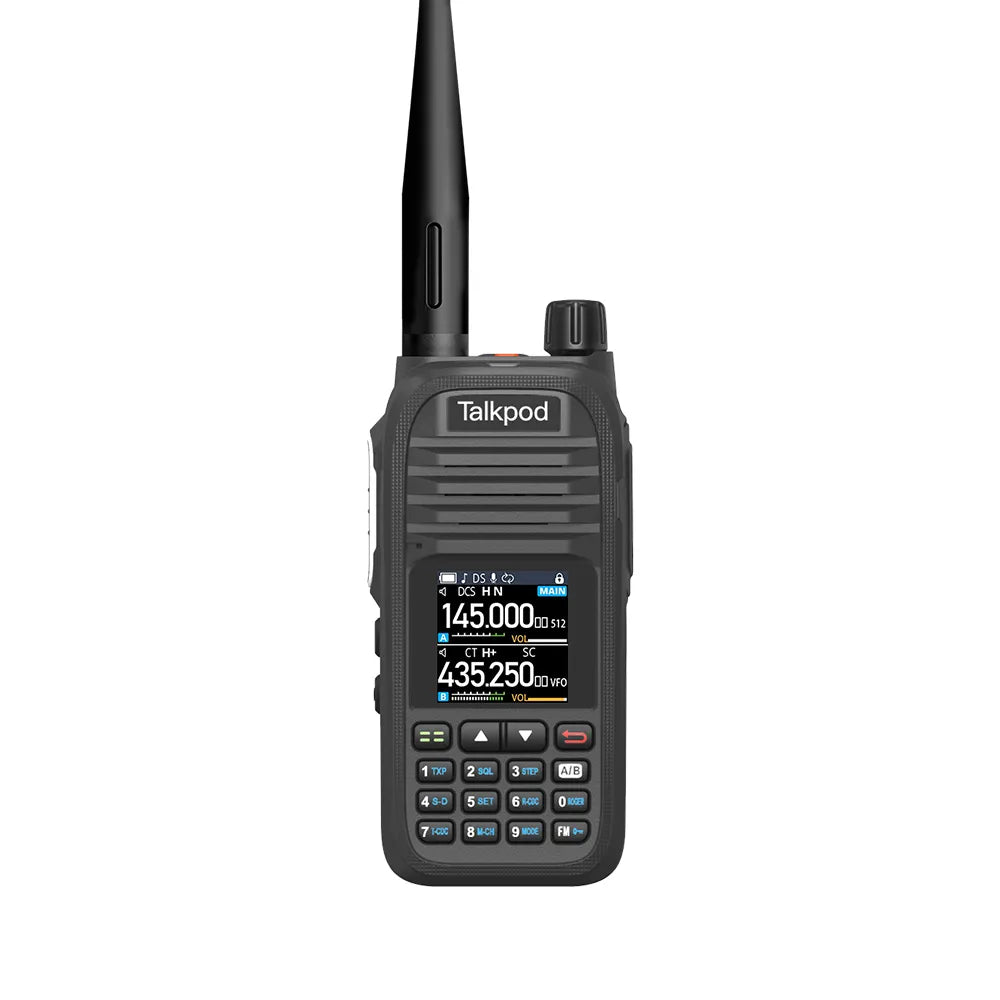
Leave a comment
All comments are moderated before being published.
This site is protected by hCaptcha and the hCaptcha Privacy Policy and Terms of Service apply.